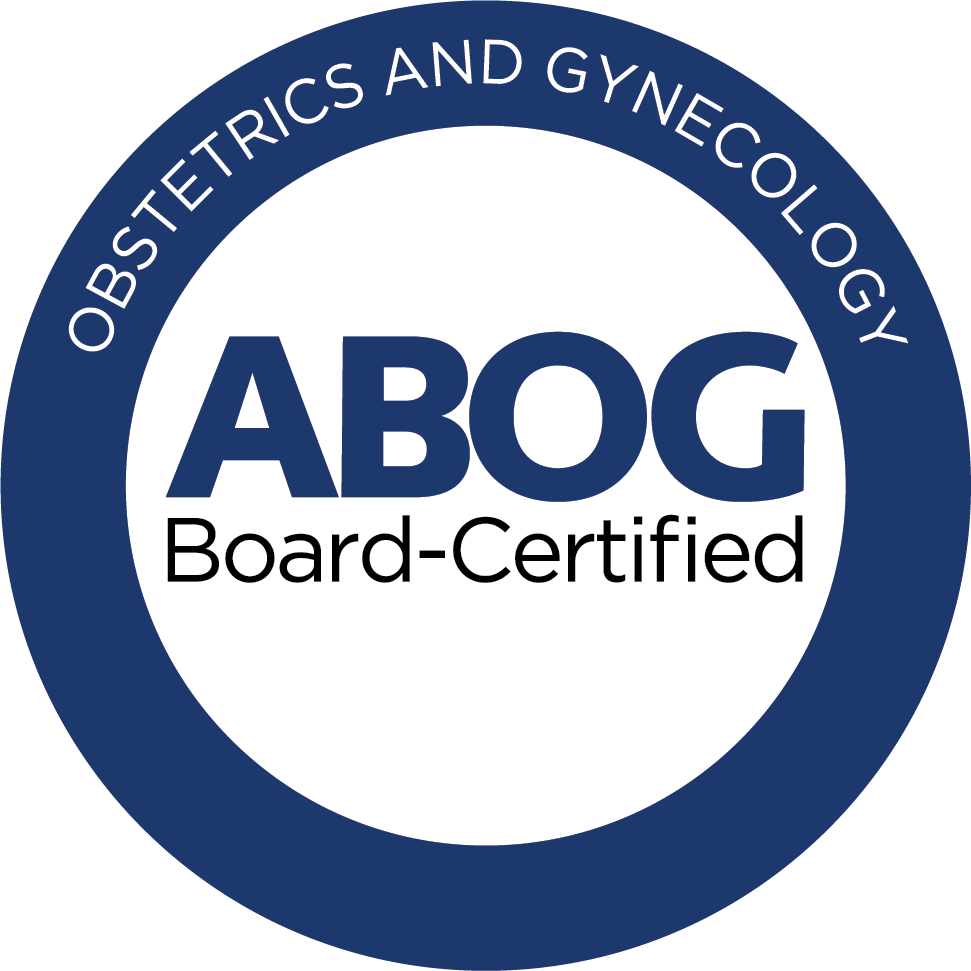Women's Health Services Chicago
About Us

Women's Health Group
Women’s Health Group has been providing comprehensive and compassionate medical care to women of the greater Chicago area for over 30 years. From adolescence through menopause, our physicians and staff provide expertise in all aspects of Gynecology and Obstetrics with personalized health care that utilizes the most up to date information and techniques.
Choose Your Provider
Michael Awad, DO
Obstetrics and Gynecology
- Dr. Awad is committed to building lasting relationships with his patients, offering personalized treatment plans and the highest standard of medical excellence.
Morgan Johannes PA-C
Obstetrics and Gynecology
- Morgan is a distinguished board-certified physician assistant with a profound dedication to advancing women’s health care.
Accepted Insurance Providers
Listed are the major insurance providers we accept. For more information regarding specific plans, please call our office.
















TOP REASONS TO CHOOSE US
Decades of Experience
With over 30 years of dedicated service, the Women's Health Group boasts a rich history of providing comprehensive and compassionate medical care to women in the greater Chicago area. Our long-standing presence reflects our deep commitment to excellence and expertise in women's health.
Expertise Across the Spectrum
Our accomplished team of physicians and staff brings a wealth of experience and expertise across the entire spectrum of Gynecology and Obstetrics. From routine care to specialized treatments, our skilled professionals are equipped to address a wide range of women's health needs.

Cutting-Edge Medical Techniques
We stay at the forefront of medical advancements, offering the latest and safest medical techniques and treatments. Whether it's complex obstetrical conditions or innovative robotic and laparoscopic surgeries, our commitment to staying current ensures you receive the best care available.
Holistic Wellness Approach
Beyond traditional medical care, we embrace a holistic approach that considers not just your physical health, but your overall wellness and beauty as well. Our practice goes beyond symptom management, aiming to enhance your quality of life on multiple levels.
Leadership and Community Engagement
Our lead physician, Dr. Michael M. Awad, exemplifies our dedication to leadership and community engagement. With a distinguished career marked by research contributions and academic appointments, Dr. Mike embodies our commitment to education and advancing medical knowledge. By choosing us, you're becoming a part of a community that contributes to the broader landscape of women's health.
Personalized Care and Compassion
At the Women's Health Group, you're not just a patient; you're an individual with unique needs and concerns. Our personalized approach ensures that you receive tailored care that addresses your specific circumstances. Coupled with our compassionate staff, you'll find a welcoming and supportive environment that fosters trust and comfort.
Patient Reviews:




